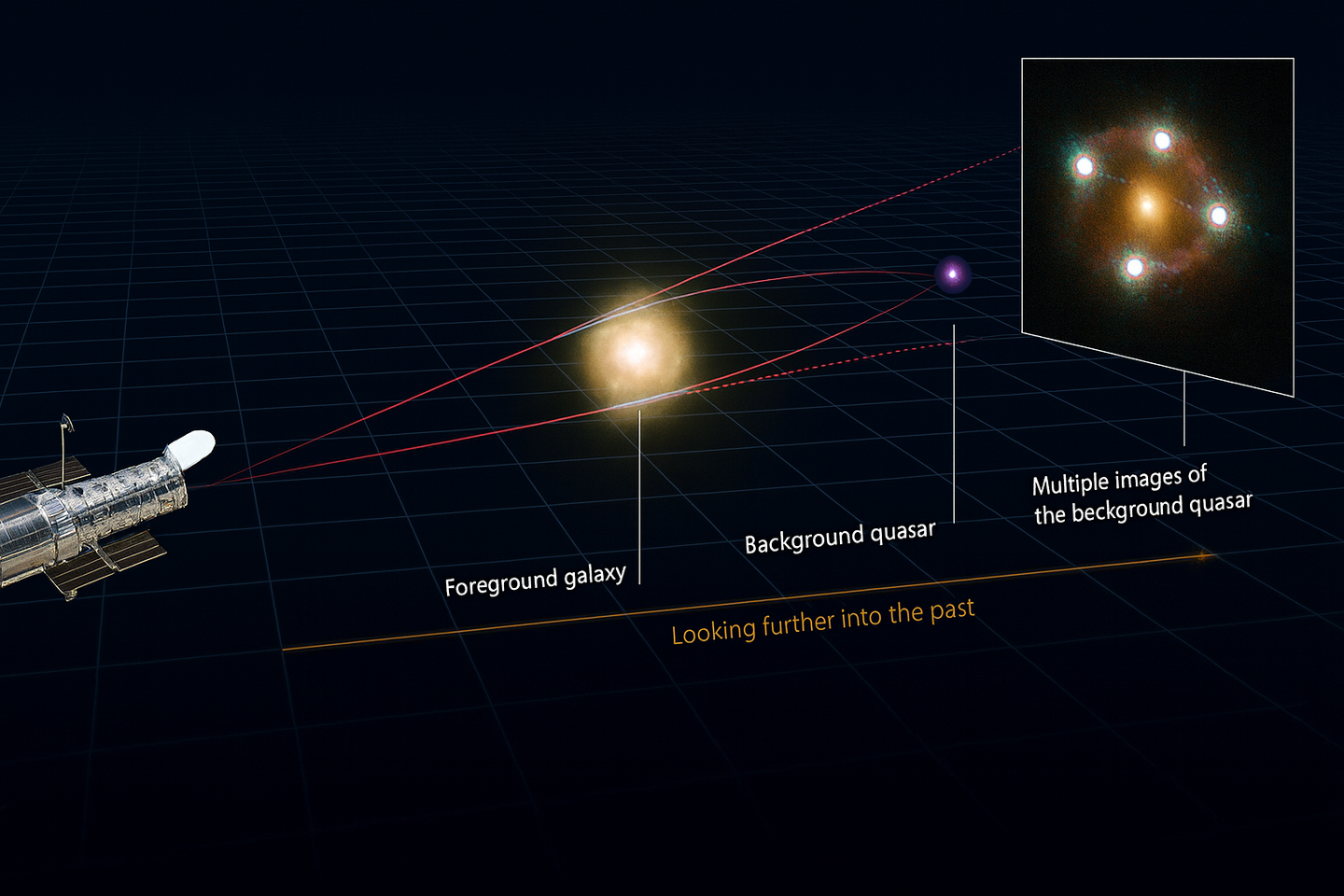The surprisingly complex story of how mammals stand and move today
A Harvard-led study shows mammal ancestors evolved upright walking through twists, reversals, and surprising anatomical experiments.

In the long history of life on Earth, one of the biggest turning points came when our distant ancestors stood tall—literally. (CREDIT: Flickr / Sara&Joachim&Mebe / CC BY-SA 2.0)
In the long history of life on Earth, one of the biggest turning points came when our distant ancestors stood tall—literally. The way mammals stand and walk today, with limbs tucked neatly under the body, wasn’t always the norm.
Long before cats, dogs, and humans existed, our ancient relatives moved quite differently. Their limbs jutted out from the sides of their bodies, similar to how modern reptiles like lizards or crocodiles move. This shift in posture—from sprawling to upright—helped shape the animals we see around us today.
For decades, scientists believed this transition followed a simple, straight path. It was thought that the earliest members of the mammal line slowly evolved from sprawling to semi-sprawling, and then to upright forms like those seen in modern mammals. But a groundbreaking study in PLOS Biology now tells a different story—one that’s more complex, more surprising, and far more exciting.
A Fresh Look at an Ancient Mystery
Led by Dr. Robert Brocklehurst, a former postdoctoral researcher in Harvard University’s Department of Organismic and Evolutionary Biology, the study dives deep into the structure of the upper arm bone—the humerus—across a vast range of ancient and modern animals. The team examined more than 60 fossil specimens from non-mammalian synapsids, a group of animals that gave rise to mammals, along with 140 living species, including reptiles, amphibians, and mammals.
Instead of a clean transition, they found a bumpy evolutionary road filled with twists and turns. “The evolution of mammals has previously been characterized as a series of steps from sprawling, to semi-sprawling, to upright,” Brocklehurst explained. “However, what we discovered was a more nonlinear evolutionary progression throughout mammalian history.”
The idea that early synapsids sprawled just like lizards or crocs doesn’t quite hold up. The fossils told a different story. The earliest members of this group, often called pelycosaurs, had a strange, in-between style of movement—not fully like reptiles, but not like modern mammals either. Their posture was unique, neither fully sprawling nor upright, suggesting a special form of locomotion that doesn’t exist today.
Related Stories
- Scientists discover what wiped out global ocean life 200 million years ago
- Royal tomb discovery changes what’s known about Maya history
- Titanoboa: The massive 45-foot snake that ruled the prehistoric world
Measuring Bones to Understand Motion
To uncover how these animals moved, the team used advanced techniques developed in Professor Stephanie Pierce’s lab, also at Harvard. Instead of relying on traditional bone measurements, they created detailed 3D scans of the humerus and used them to calculate things like bone length, how muscles pulled on the bone, and how much the bone twisted along its length—a property known as torsion.
“By correlating bone shape and limb biomechanics with posture, we could test how well the fossil bones were optimized for specific functional tasks, like upright walking versus sprawled walking,” Brocklehurst said. This method let the researchers place each bone into what they called a "functional adaptive landscape," similar to a topographic map. Peaks on the map showed areas of high performance for certain postures, while valleys showed low performance.
What they found wasn’t a steady climb toward modern mammalian posture. Instead, posture shifted in different directions over time. Early synapsids did not gradually inch their way toward upright walking. There were sudden jumps, reversals, and experimental body plans. Some species moved toward more mammal-like postures, only to evolve away from them later.
Evolution's Winding Path
The data suggests that posture and forelimb function were much more flexible than once believed. Evolution didn’t follow a straight ladder; it branched out like a tree, with different groups of synapsids trying different styles of walking and movement.
Professor Pierce, the study’s senior author, said it best: “The path to upright posture wasn’t a straight line—the ancestors of mammals weren’t steps on a ladder with modern mammals at the top. Mammals have been evolving and radiating into many different niches and habitats throughout their history, and their postures reflect that variation.”
One especially telling fossil, a close relative of marsupials and placentals, showed features in the humerus consistent with modern upright walking. That finding shifts the timing of upright posture development much later than previously believed. Earlier ideas had assumed upright walking began much earlier in mammalian history.
This fossil, however, suggests the change came closer to the origin of true mammals. “Our work challenges the idea that posture changed gradually and early on,” Pierce said. “Instead, it shows that upright posture and locomotion were a late evolutionary innovation, not an early defining trait of the mammalian lineage.”
Innovation in Every Limb
To compare so many animals, ranging from ancient fossils to living mammals, the team had to solve a major problem: how do you measure and compare bones that differ so much in shape and size? Traditional methods didn’t work, so the team got creative.
They re-engineered a software tool originally designed for a different task, turning it into a new "slice-based" landmarking technique. This approach let them accurately capture the complex shapes of bones across species. Magdalen Mercado, a former undergraduate student in Harvard’s Integrative Biology program, played a key role in this part of the research. As part of her senior thesis in Pierce’s lab, she helped gather and analyze the large dataset needed for the study.
The project also connects to a long tradition of evolutionary biology at Harvard. Researchers at the Museum of Comparative Zoology, such as Alfred Sherwood Romer and Farish Jenkins, Jr., explored similar questions about posture more than a century ago. With new tools, scientists today can revisit those classic questions and gain new insights.
Co-author Kenneth Angielczyk from the Field Museum in Chicago added that synapsids weren’t just early reptiles. “Our study showed that most synapsid limbs functioned differently than those of modern reptiles. They’re not just copies of reptiles, but distinctive animals in their own right that are a little different from anything that’s alive today,” he said.
Toward a Deeper Understanding
This work is the first large-scale effort to examine mammalian posture through detailed biomechanics. But it won’t be the last. The research team is already developing more advanced models of joints and muscles to explore exactly how these ancient animals moved. As Brocklehurst put it: “Understanding how mammals came to walk upright isn’t just about bones, it’s about uncovering the dynamic history of life on Earth.”
This research changes how scientists view the journey to mammalian locomotion. The path wasn’t a simple climb, but rather a wide and branching trail, shaped by different environments, body plans, and ways of life. And somewhere along that trail, the mammals we know today—bats, whales, moles, humans—found their footing.
Note: The article above provided above by The Brighter Side of News.
Like these kind of feel good stories? Get The Brighter Side of News' newsletter.



